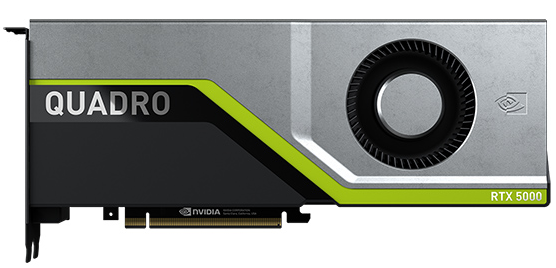Compute Capability
The technical properties of the SMs in a particular NVIDIA GPU are represented collectively by a version number called the compute capability of the device. This serves as a reference to the set of features that is supported by the GPU. It can even be discovered by applications at run time to find out whether certain hardware properties and/or instructions are present on the GPU.
Devices with the same first number in their compute capability share the same core architecture. For example, if a device's compute capability starts with a 7, it means that the GPU is based on the Volta architecture; 8 means the Ampere architecture; and so on. Minor version numbers correspond to incremental improvements to the base architecture. For instance, Turing is assigned a compute capability of 7.5 because it is an incremental update of the Volta architecture.


Are you thinking about writing CUDA programs for the NVIDIA graphics card in your personal computer? First, make sure this is a real possibility by searching through the lists of GPUs that are enabled for CUDA. If your card is listed, then note its compute capability, because this number lets you learn all kinds of things about the features and technical specifications of your GPU (much more than a beginner needs to know).
CVW material development is supported by NSF OAC awards 1854828, 2321040, 2323116 (UT Austin) and 2005506 (Indiana University)